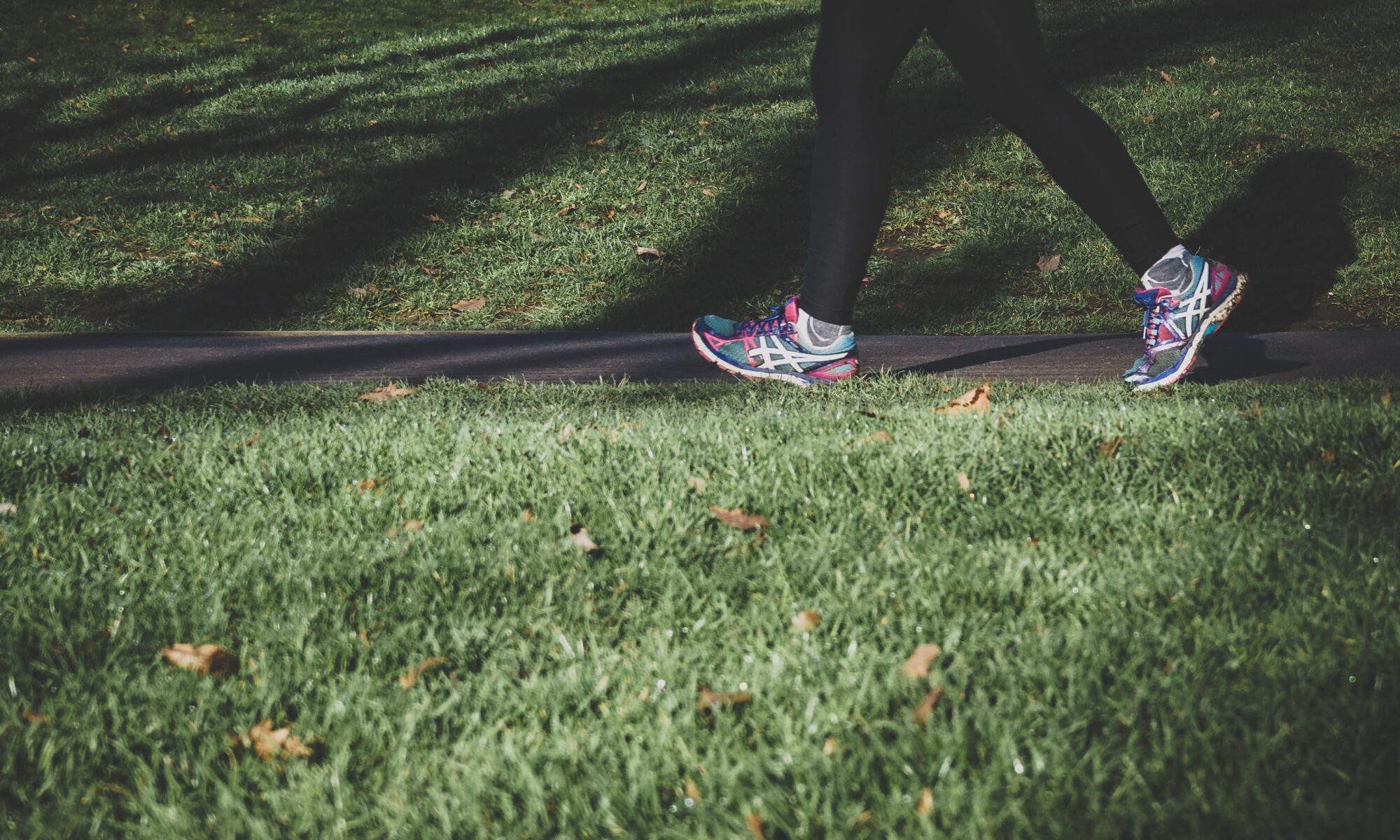COVID-19 knocked our lives for a loop, didn’t it?
Has your life turned sideways this spring? Ours did.
We’re all facing a grab bag of fears right now. There’s little purpose to listing those fears, since they constantly run through our minds. Let’s focus instead on the other thing we have in common—prediabetes.
Prediabetes isn’t high on that list we’re not mentioning, but it’s in that bag somewhere.
For the most part, the problem is our eating habits have taken a turn toward the unhealthy.
We used to shop regularly for fresh foods and add in canned goods as needed. We rarely brought home processed or prepared foods.
Now, like everyone else, we’re eating a lot of processed and frozen prepared foods. Plus, the carbs are just everywhere.
This weekend, it finally began to feel like we’re getting accustomed to this (hopefully temporary) new life.
Let’s support each other as we begin to make choices that steer us back toward healthy living.
If you’re older and/or have underlying conditions, reach out to a younger or healthier family member or friend and arrange for fresh food to be delivered twice a week. If you have no one to do this for you and can’t afford a frequent delivery charge, then let’s talk about other choices.
Cookies and pies and plates of spaghetti all mean comfort food for many of us, but it’s time to turn away.
We don’t want to get through the age of coronavirus to find we’ve moved from prediabetes to type 2 diabetes. Wouldn’t that be a rotten outcome!
Let’s make a pact to set aside those foods that make our blood sugar spike, and instead focus more on canned or frozen veggies, and chicken, eggs, pork, or whatever proteins we have around.
There’s another choice we can make: exercise.
Those of us with dogs can walk them. A lot.
Does the lawn need tending? We can pull weeds, dig up dead plants, rake out moss, mow the grass, and clean up the weed whacker for a go at cutting down the parts the mower can’t reach.
Plant a garden. Let’s break up the ground and map out a fresh food repository.
Let’s dust off the elliptical machine and use it, or simply get down on the floor and start stretching.
None of us should do anything new that we haven’t run by our healthcare professional. We can email their office to check on an activity, then enjoy.
We’re all in the same place. Let’s help each other get safely to the other side of this pandemic.



